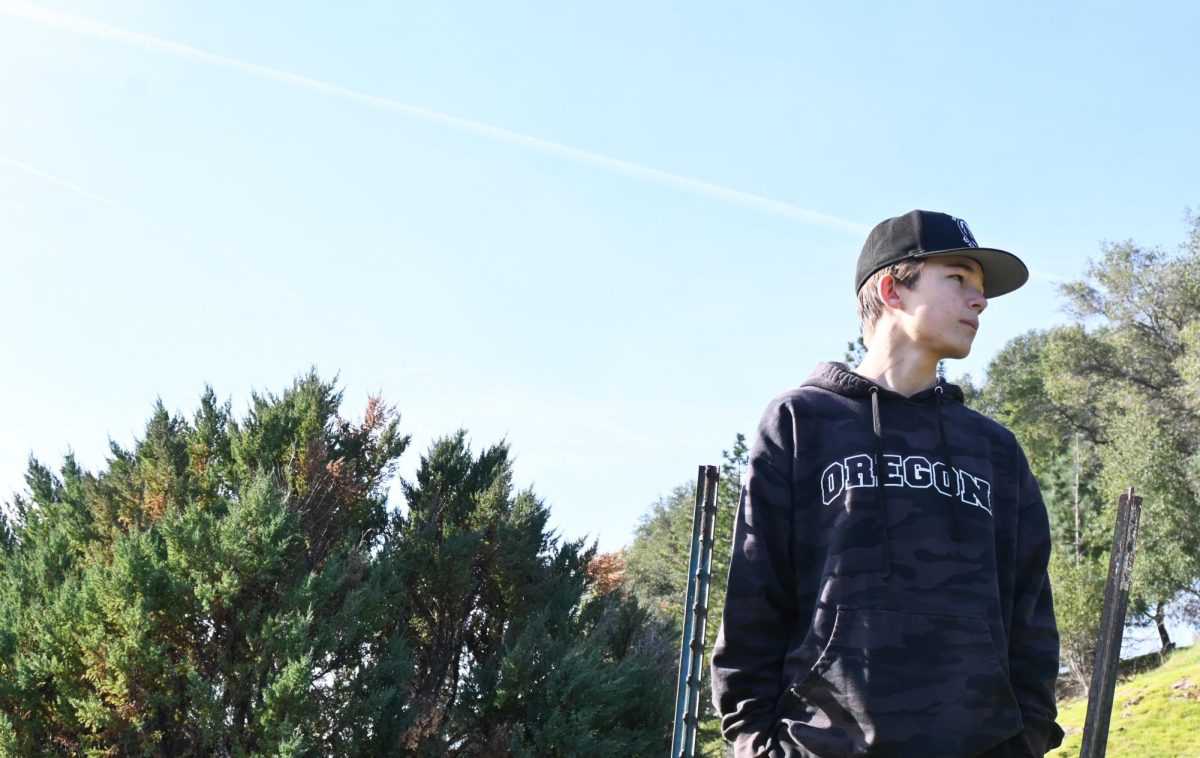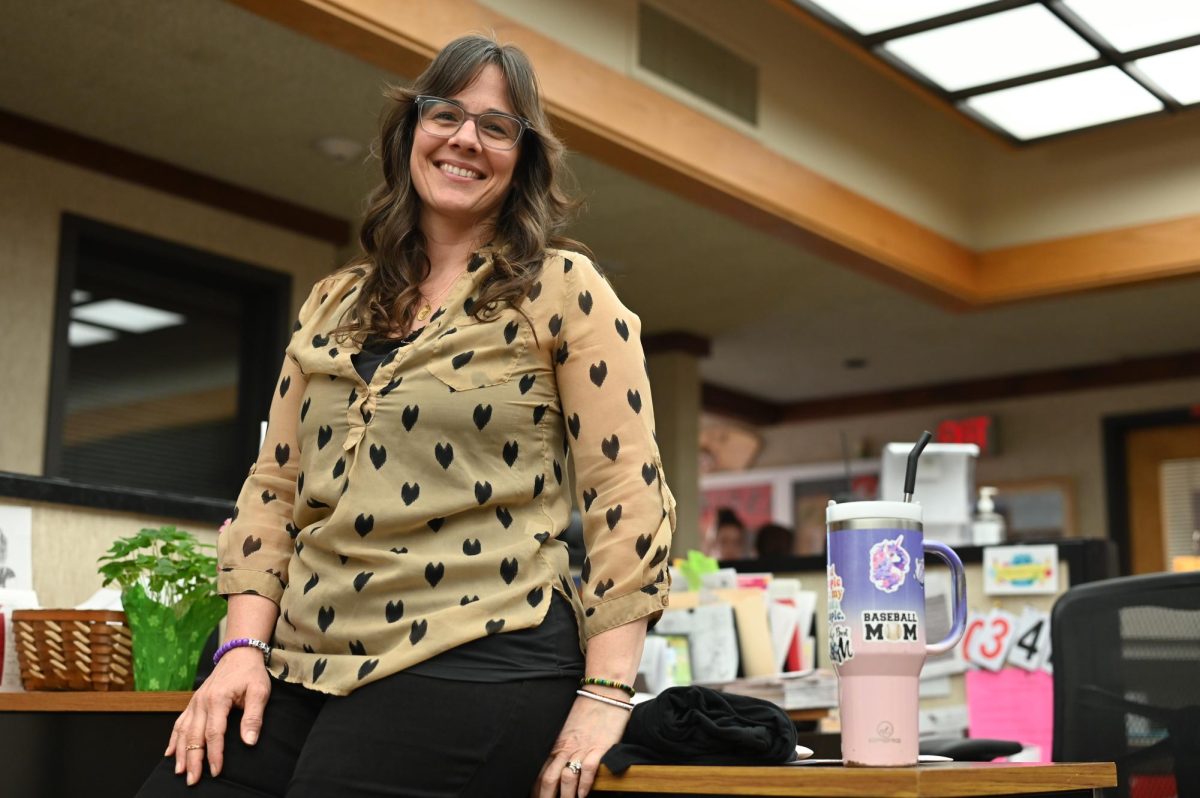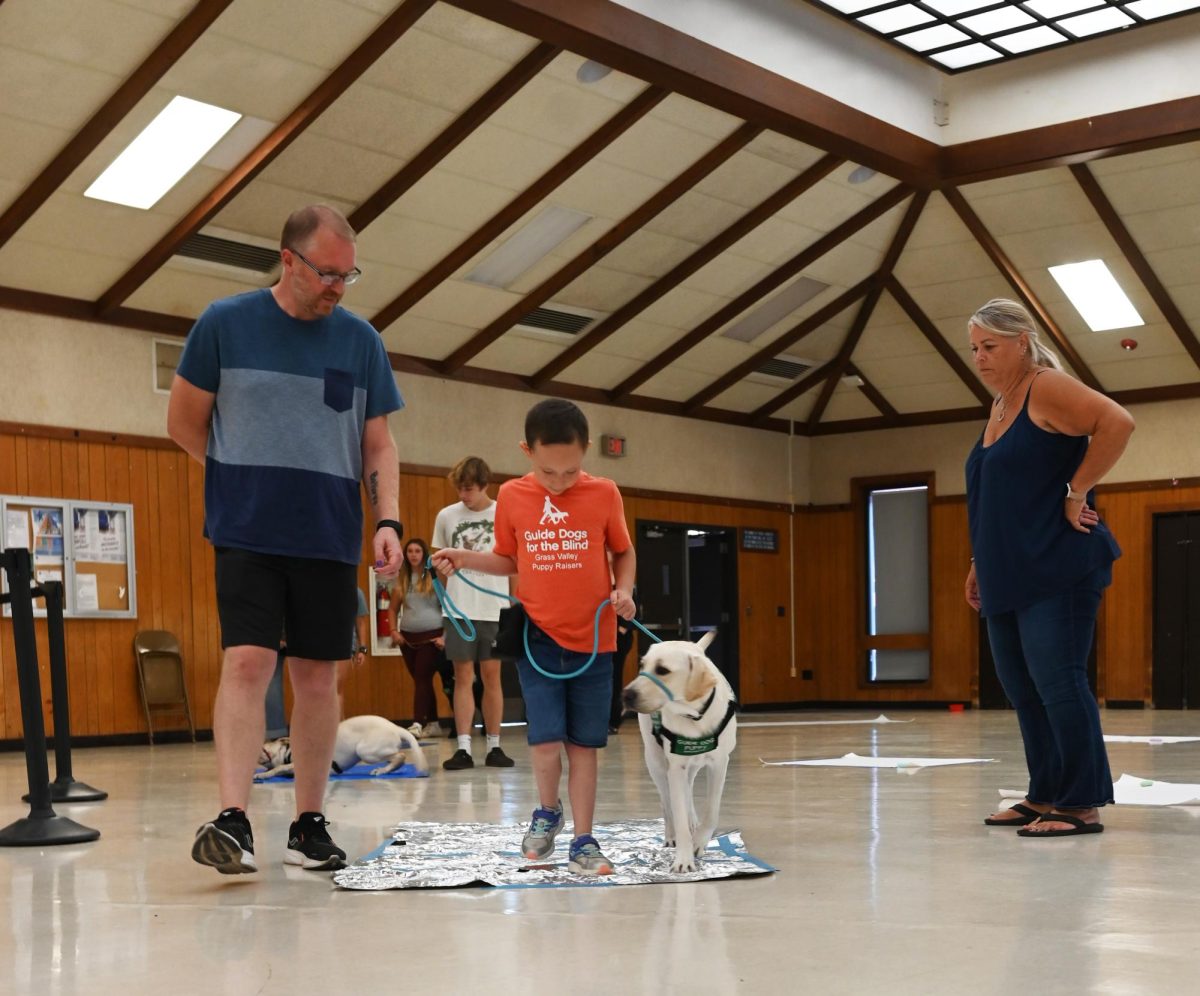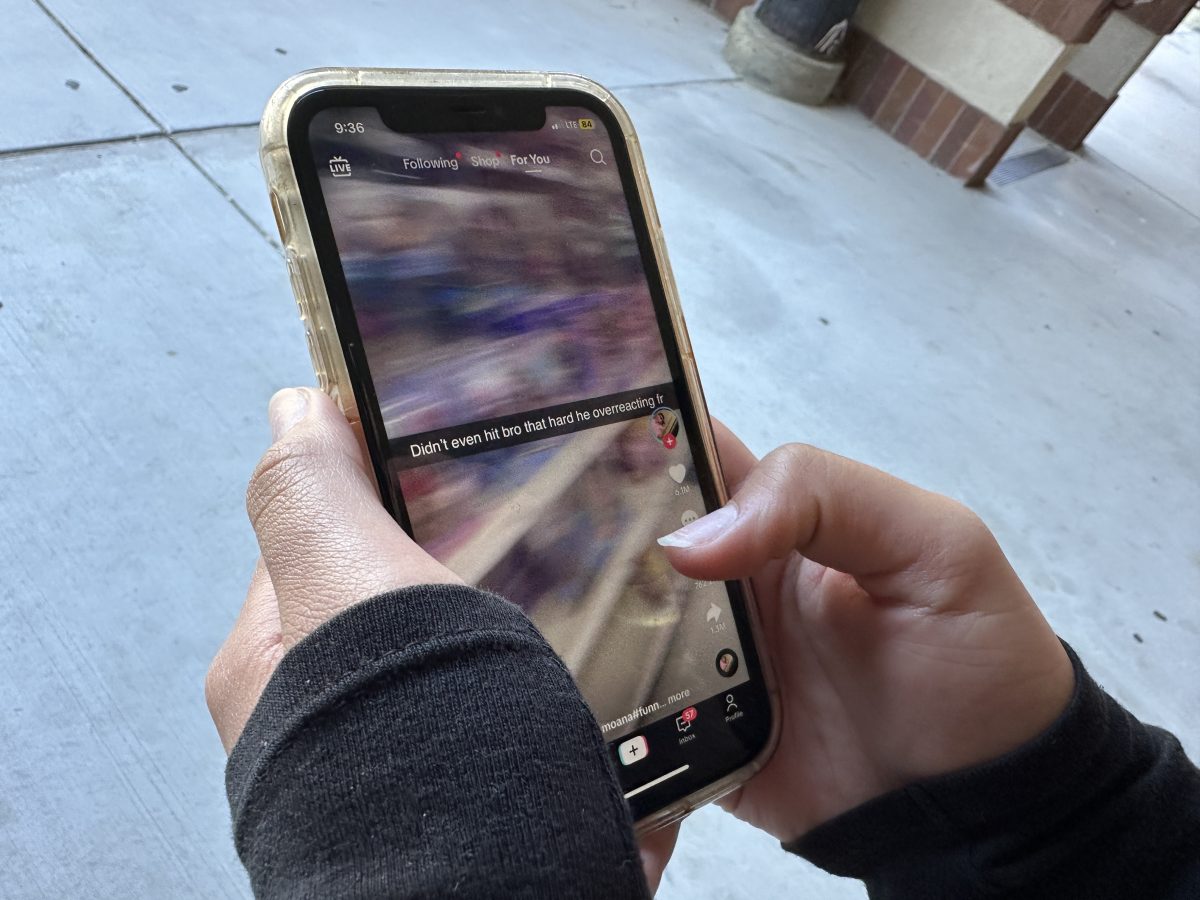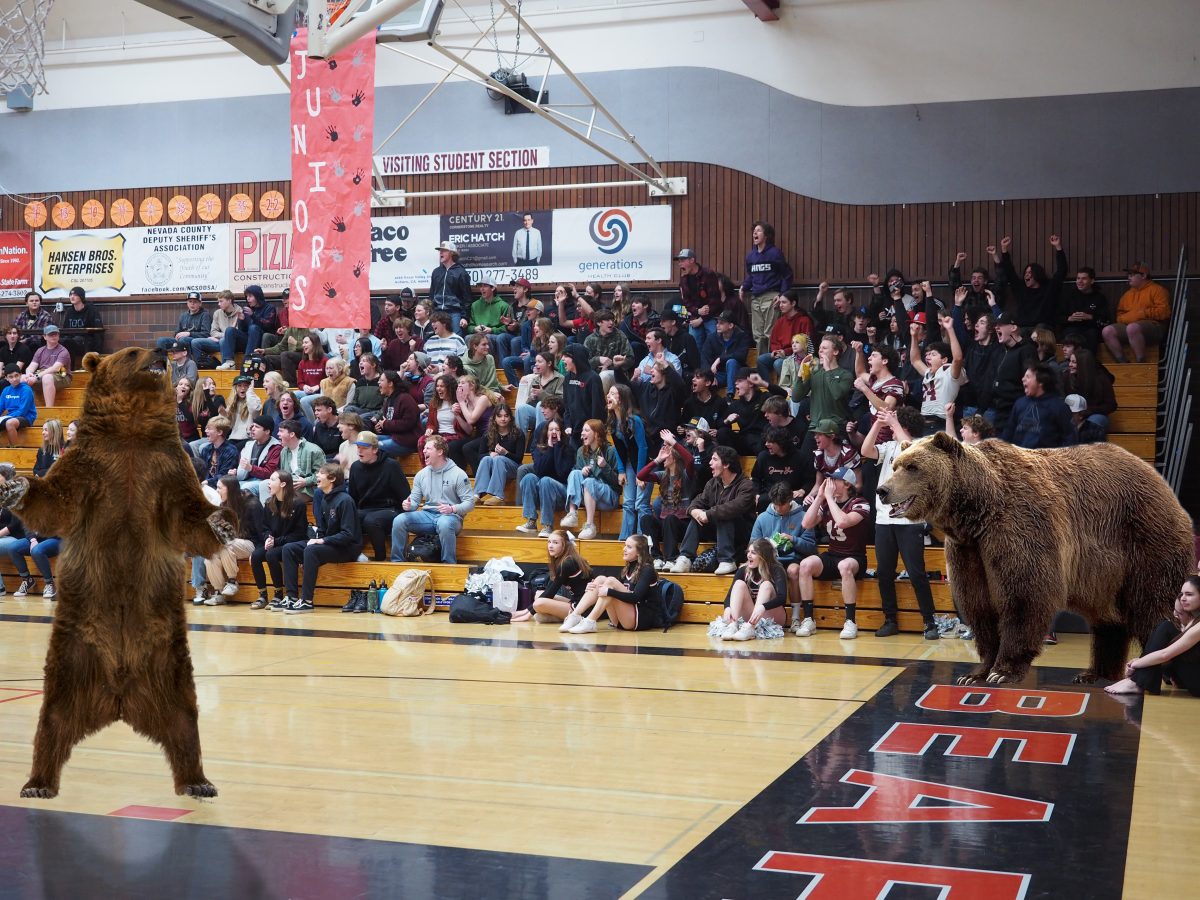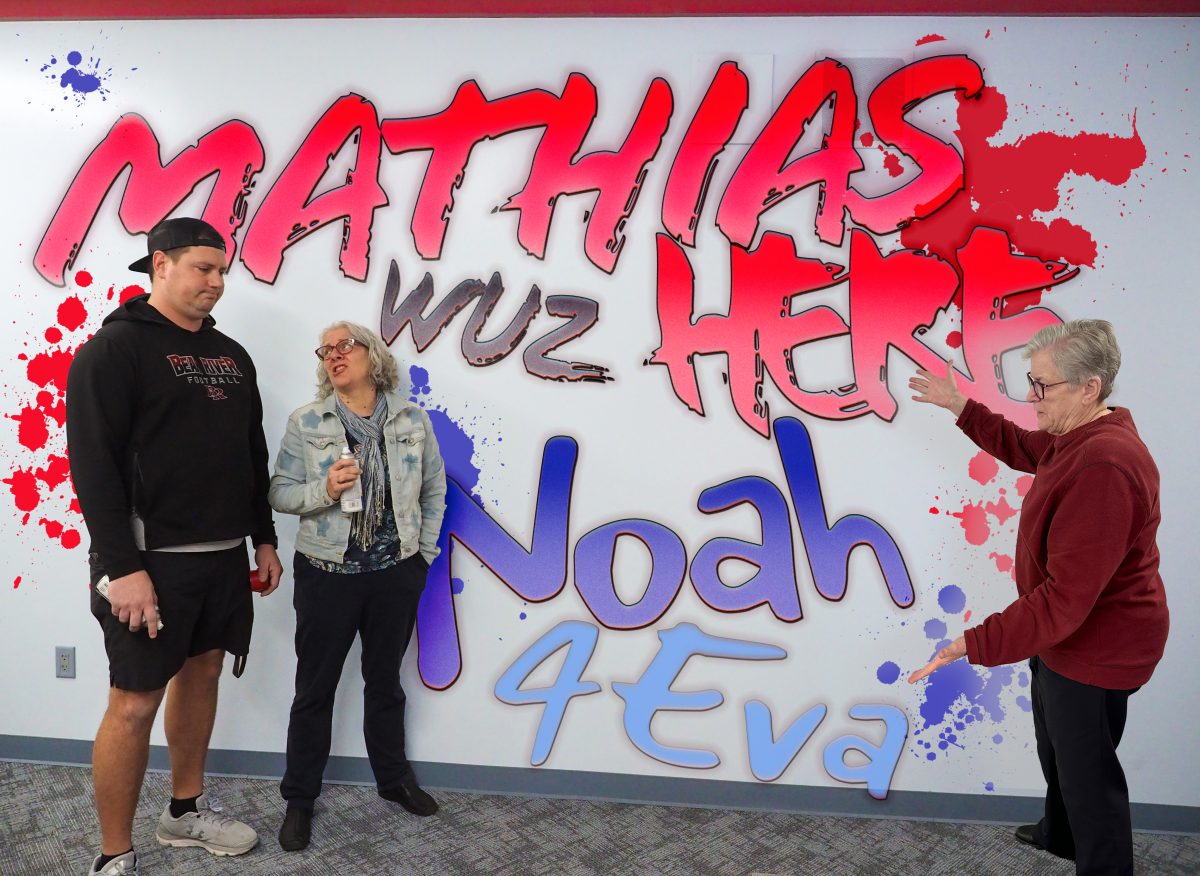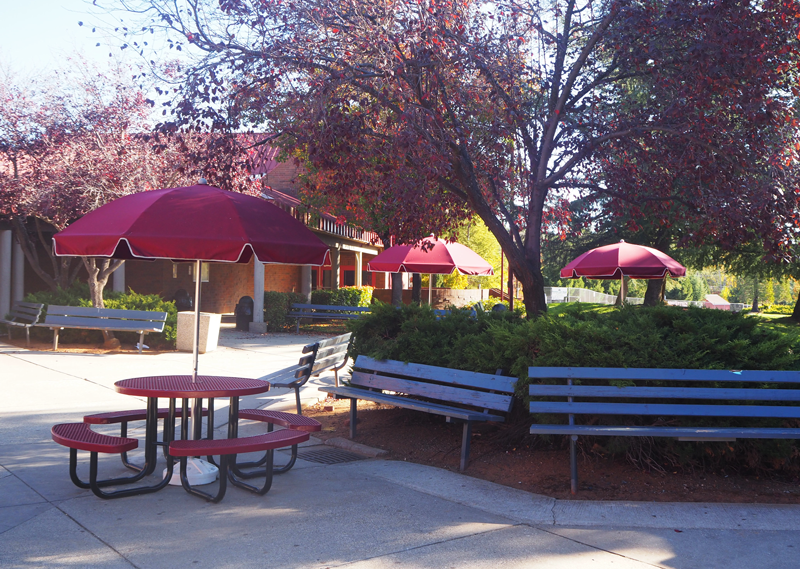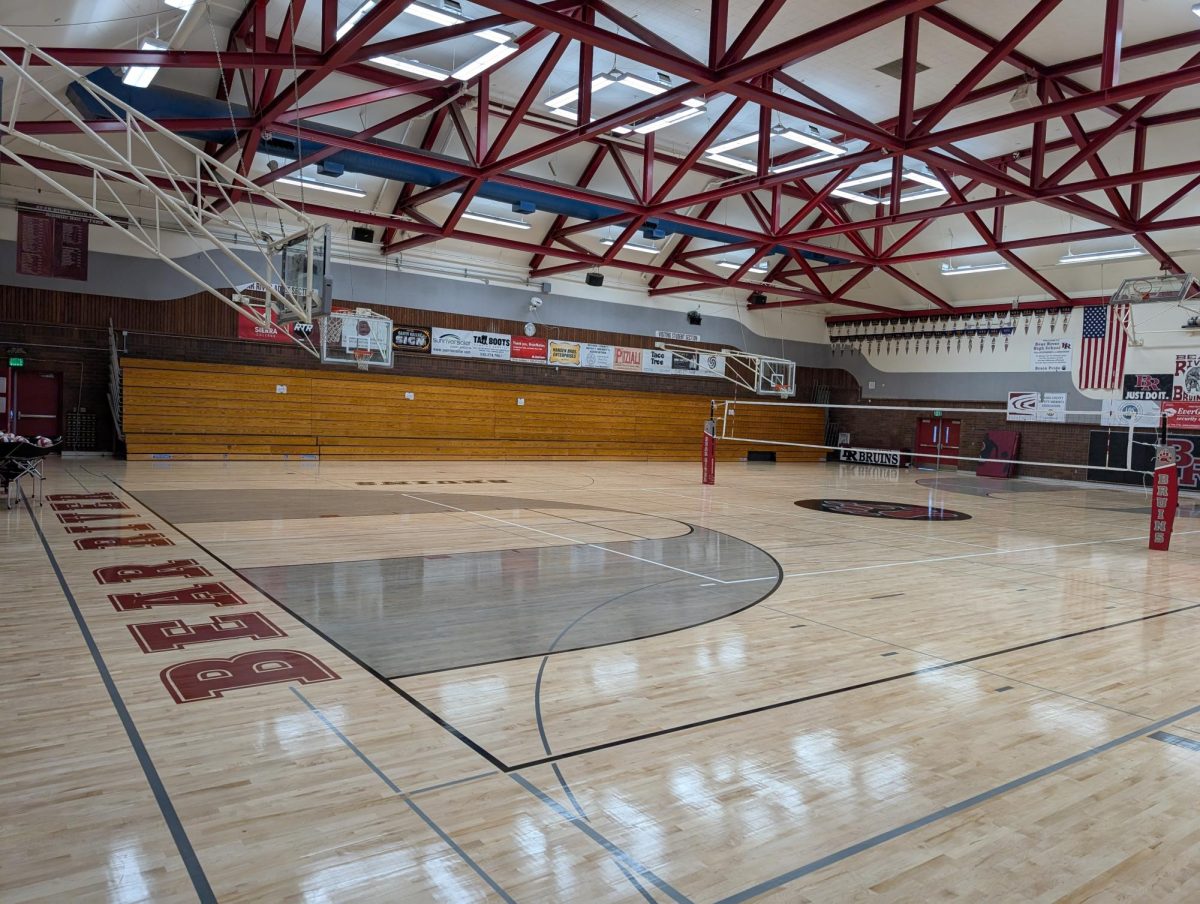The last school year was cut short by COVID-19, the pandemic causing schools nationwide to close for the remainder of the year with students and staff adjusting to distance learning. However, distance learning will not be the permanent solution to the guidelines set in order to reopen schools.
The Center of Disease Control and Prevention (CDC) released a resource of guidelines school districts should consider before reopening in the fall in concurrence with state and local health officials in early May. A few guidelines listed include the constant use of a mask, regular cleaning protocols and regulations, discouraging the shared use of items, the arrangement of desks at least six feet apart if possible, and more. To fulfill most, if not all of these suggestions, the Nevada Joint Union High School District has been considering several different schedule adjustments.
However, as Bear River Principal Chris Roberts emphasized, these plans are “subject to change based on county and state guidelines.” However, he further elaborated upon these plans.
“ … Our first schedule, that we are planning to implement for the 2020-21 school year, is a traditional schedule,” he said. “We are finalizing the master schedule and are hopeful to have all students back to school in a traditional school setting. However, because of the uncertainty of where our county will be, in terms of guidelines regarding COVID-19 safety, we also have a plan B and a plan C. Plan B is called the ‘Cohert Plan’ … If social distancing and limited student attendance are requirements to start the school year we will use the Cohort Plan. The Cohort Plan will be half of the students (A-L) attending on Monday (periods 1-3) and Tuesday (periods 4-6). Class periods will be 77 min long (block period length) to give students the maximum time with their teacher for each class period. Students will be spaced appropriately in classes to maintain safety as well as observing other safety measures. Wednesday our custodial and maintenance staff will deep clean the campus and especially the classrooms. Thursday and Friday the other half of the students (M-Z) will attend and follow the same schedule as the first group of students. On days that students aren’t in attendance, teachers will be providing online lessons, lectures, instruction and activities through Schoology.”
He continued to explain Plan C.
“Plan C is all distance learning and will be done completely off campus,” he said. “We don’t anticipate needing to use Plan C but you never know the direction this will go.”
With many of the guidelines from the CDC released, Plan B may very well be implemented. Several students commented on their opinion on this plan so far.
“As an FFA officer, I feel that it will severely limit FFA opportunities and potential fundraisers such as the Cookhouse at football games,” said Junior Macey Fowler. “Overall for FFA, it would be a challenging year with two new Ag teachers and two days a week would handicap students and the officer team’s ability to interact with them and get to know them.”
“I’m hoping it won’t affect me too much since we’re already used to doing almost everything online at this point,” said fellow Junior Elizabeth Glomson. “I’m glad that we are gradually making our way back to a normal lifestyle, and going to school part time [for Plan B] is better than not at all. I feel like the part-time school will help students because they are getting one-on-one time with the teachers, and that makes learning much easier.”
“I am not a fan of it because it can split us from friends,” said Maddie Pratt, another junior. “But I also know that due to the virus, this is one of the only options to keep ourselves and staff safe.”
“I feel like only doing classes two days a week will affect me learning wise because from what I learned from this online learning is that they didn’t really teach us much,” said Freshman Rylee Pratt. “It was all review and never anything new. And doing FFA, we may not have our competitions that we normally compete in, and sports would not be able to be practiced or played.”
“I’m not really sure how I feel about the new schedule,” said Maddie Meilinger, another junior. “I think it’s definitely better than doing distance learning 100% of the time, but I still wish it could be a more normal schedule because it will be my senior year.”
Incoming Freshman Elaine Owyoung took into consideration the different options when forming her opinion on this plan.
“I don’t know many of the alternative plans, but with the few I do know, this option is probably to the best because it gives students the opportunity to have a face to face talk or even a demonstration with a teacher for help on homework instead of having your lessons explained through a screen,” she said.
She continued to describe how this option was probably the best the district could provide.
“I’m no genius, but I can infer that this schedule was chosen because it had the least disadvantages — and I can only think of a few,” she said. “There are most likely more disadvantages, but I can’t think of any other than not having a teacher to help on the days you are not at school, not having internet, and having technical issues with a chromebook on social distancing days.”
Mr. Roberts elaborated upon how teachers are adjusting to this possible change to provide the best instruction for students as possible.
“ … Having a day for teachers to be able to check in with students, provide classroom instruction, intervene with students needing additional help, provide hands-on learning in the classroom will be huge!” he said. “Many teachers are planning to provide a flipped classroom concept where students will watch lectures/instruction at home via Schoology/YouTube which will allow classroom time to focus on answering questions, providing clarification on standards being taught and classroom activities and labs.”
A disadvantage many students pointed out was the social aspect of school. With the last few months of school robbed from students, most have been unable to see their friends, an essential piece of schooling. With this potential plan, Sophomore Mariah Crandall believed that this aspect of socializing would be greatly affected.
“The social situation is going to be super weird, because I will only be able to know a portion of my school,” she said. “I also won’t know everyone in my class … I would love to have everyone I know in my classes, but that’s improbable.”
Some others had similar thoughts.
“I think that students won’t really like it mainly because a lot of us want to be in school and with friends and classmates,” said Pratt.
“ … Knowing the way the generation I’m in is motivated by social interaction, I believe we’ll all have a much much harder time,” said Crandall.
Unlike Pratt and Crandall, Meilinger mentioned that despite minimal on-campus interactions, students are given more of an opportunity to create connections and interact with their classmates than in previous months when schools shut down. She recognized that some in person schooling is better than all distance learning, which she believes other students will appreciate.
“I feel like a lot of students like to be at school for the social aspect and a lot of kids probably find it easier to learn in person instead of online,” she said. “There’s definitely students who like being able to stay at home everyday, but I feel like a lot of people will like going back at least a couple days a week.”
Owyoung also commented on how other students might receive this plan.
“Most kids will have mixed emotions,” she said. “ … Most students would feel happy that they would be able to go to school with their friends, but will also be unsure because you are unable to choose who you are with. Some might just be happy because they will be able to have an easier learning experience, because they would now have a teacher [that could help them in person]. Others like me wouldn’t really have a preference because we didn’t have any problems with homework and classwork before and after the distance learning packets.”
Fowler and Crandall showed concern with harder classes when it came to having only two days on campus.
“A half and half schedule would be an improvement over fully online because you have time while you’re learning a subject to ask questions to help you understand,” said Fowler. “I think though overall, it would really depend on the class and the person. Some classes for example like AP Lit or Bio are more challenging than others.”
“Choosing very hard classes this year makes this very challenging especially if it’s online,” said Crandall.
Mr. Roberts explained how he hopes this challenge will be handled by both students and teachers.
“It’s tough to say that classes will struggle with this new schedule when we’ve never attempted it before,” he said. “We will do our best to prepare for it and train for it. We know that this isn’t an ideal situation but we will make the most of it and do the best we can … I have a lot of confidence in our teachers and know they will make the most of this opportunity if called upon.”
Mr. Roberts emphasized how much time, effort, and thought was devoted to the formation of these plans to successfully and comfortably provide material for students.
“We know that things didn’t go smoothly, at times, over the past three months with distance learning,” he said. “Many things worked great and some things did not. We are aware of that and determined to, remote learning or in-person, provide quality instruction for students through thorough planning (something we didn’t have the luxury of the first time around) and training specifically in distance learning/online learning/Schoology.”
Crandall discussed how we will be affected by this change in teaching.
“The way of teaching is so much more different than most had to experience,” she said. “I think we are going to have to work a lot harder than many others because of this pandemic.”
— Morgan Ham contributed to this report.








